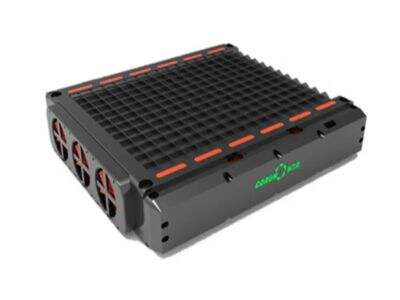Perhaps the most universal batteries of, the lifeblood of almost all the tech we use every day. They power toys and remote controls, flashlights and a few tools lurking around the house that help us get chores done. If you must shop for batteries for the device you want to use, it’s crucial to know how to choose them. This guide will get you up to speed on battery capacity, which measures how much electricity a Ni-MH Battery Material can hold. This allows you to make the right choice for you.
Understanding mAh and Volts
So, when we discuss batteries, we usually use the terms mAh and volts. These are indicators we refer to when talking about cell power. In this context, the mAh means milliampere-hour. This measures the length of time a battery can power a device before needing charging again. More 'mAh' means it can work a lot longer time, etc Conversely, volts refer to the amount of power a Ni-MH Battery Cell can hold. To function properly, each device requires a specific number of volts. If voltage is too low, the device may not be powered on at all, while if voltage is too high, it can break the device.
What to Consider
When selecting a battery, it is important to consider your specific power requirements. So dig out the user manual that came with your device or do a quick search online to check what type of battery it requires. Part of this is verifying the recommended Ni-MH Battery Pack type, the voltage, and the capacity. Choosing the incorrect battery could not just damage your tool, it could likewise stop the battery from lengthy maintaining. So finding the accurate information needs time and very essential.
Capacity and Compatibility
Ni-MH batteries It is one of the most widely used batteries because it has a high capacity. This allows them to give power as needed over a longer time, compared to other kinds of battery. Ni-MH batteries come in a number of capacities, so it is very important to select the one that suits your device. If the battery you select also has too much capacity, it can either take up too much space in your device, or damage the hardware. Likewise, if you choose a battery with too low a capacity, your device may not function correctly or run out of power too soon.
Compatibility is another key factor. That means the battery has to play well with your device. As with all batteries you choose should be compatible with the voltage and capacity necessary for your device. If you don’t, you could damage your device or have a battery that doesn’t last as long as it should.
Tips and Tricks
Make sure you care for them well, it will maximize their performance and with that stay longer. Follow these tips and tricks that will help you:
Keep batteries in a cool and dry area. It’s a good idea not to leave them somewhere hot or humid because heat can be damaging to the batteries.
Remove your batteries if you’re not using your device for any period of time. To prevent leaks or damage, this will be very helpful.
Do not combine new and old batteries. And don’t mix different brands of batteries in the same appliance. This can lead to issues and reduce battery efficiency.
That, however, should never be used to charge without the instructions from the package. This will prevent the battery from becoming damaged by overcharging.
Use a smart charger that knows when to stop charging This kind of charger can automatically cease when the battery is received, thus improving their condition.
Balancing Capacity
If you’re using more than one battery in a device, though, balancing their capacities is very important. Now, if you combine batteries with varying abilities, the less-capable batteries will inevitably deplete faster than their supercharged counterparts. This is known as over-discharging that can lead to damaging the batteries and overall performance. Thus, whenever you’re using multiple batteries, ensure that they have the same or nearly identical capacities to each other. This will help ensure your device stays running well.
Cost
The cost of batteries can vary significantly by type. So here is an explanation and a review of some of the most common types of batteries.Don't save money on batteries. Less expensive batteries may come with less capacity, or require more frequent charging. Cheap batteries also tend to leak more, which can do irreparable damage to your devices. So whenever you can, go for the good quality batteries that meet your devices requirements. This helps to give you the best performance and long-lasting use.
Long-Term Performance
In order to maximize how long your batteries last, you must take care of them. One suggestion is to occasionally fully discharge and recharge your battery. It is recommended among experts that you should exhaust a Ni-MH battery fully before recharging it. This deep cycle is done to equalize the charge of the cells, thus sharing the load to maximize the lifespan of the battery.

